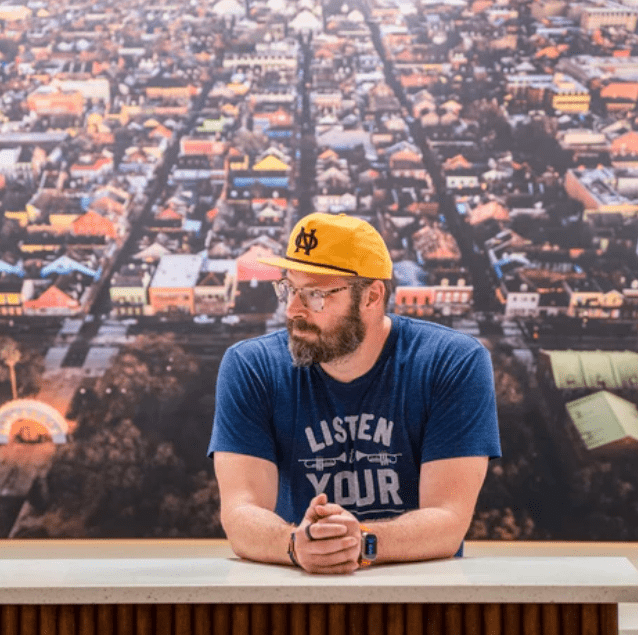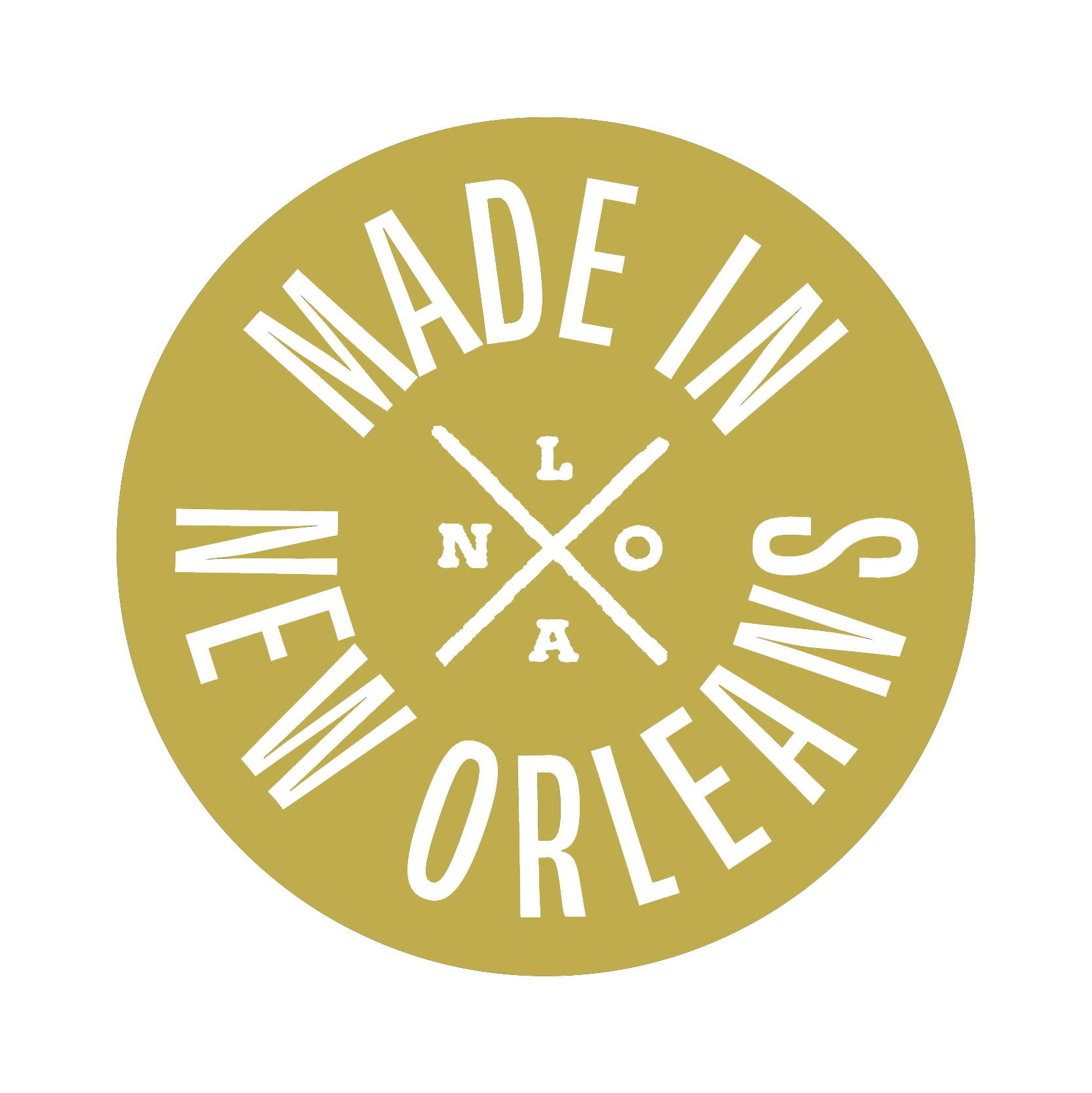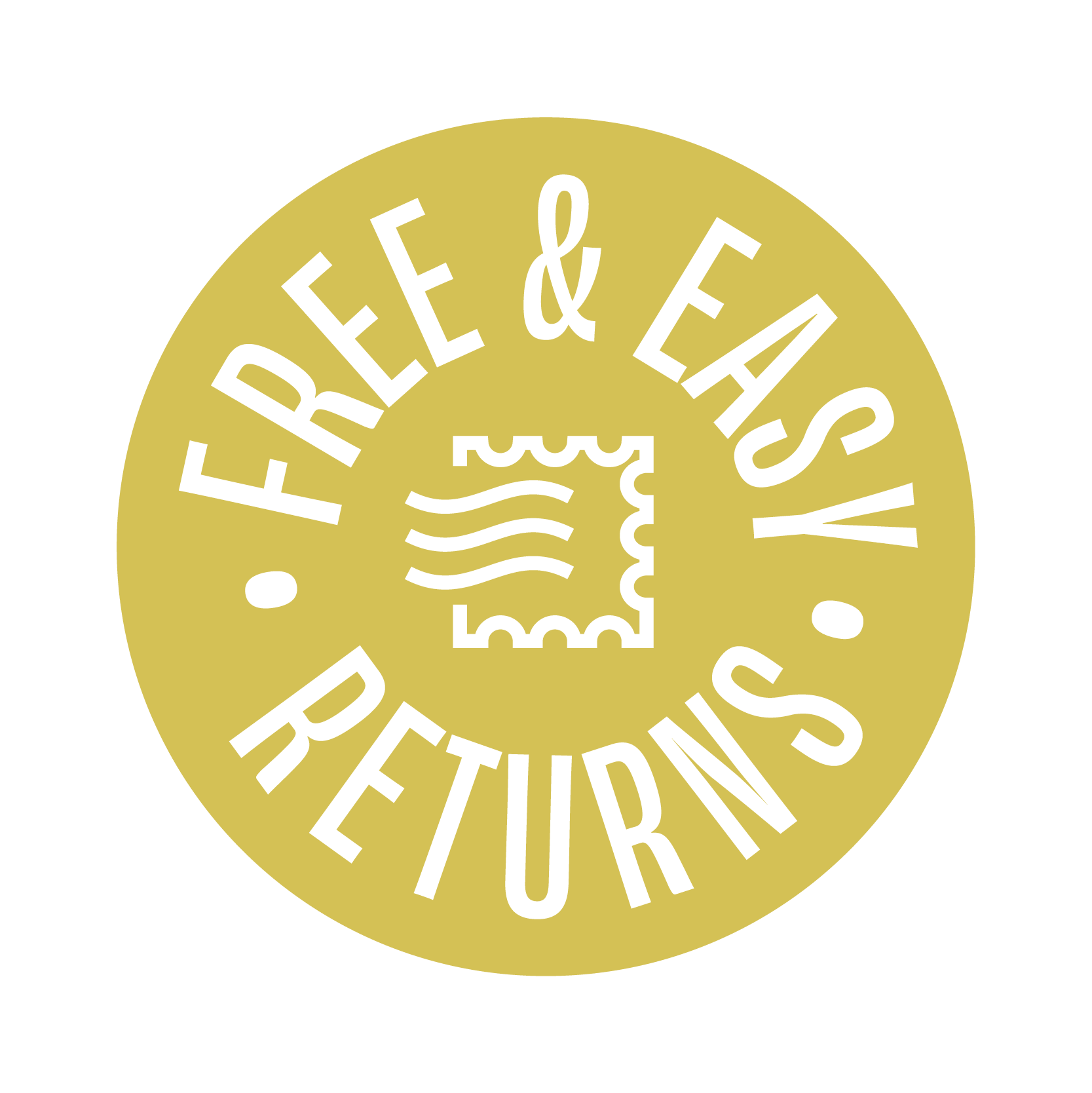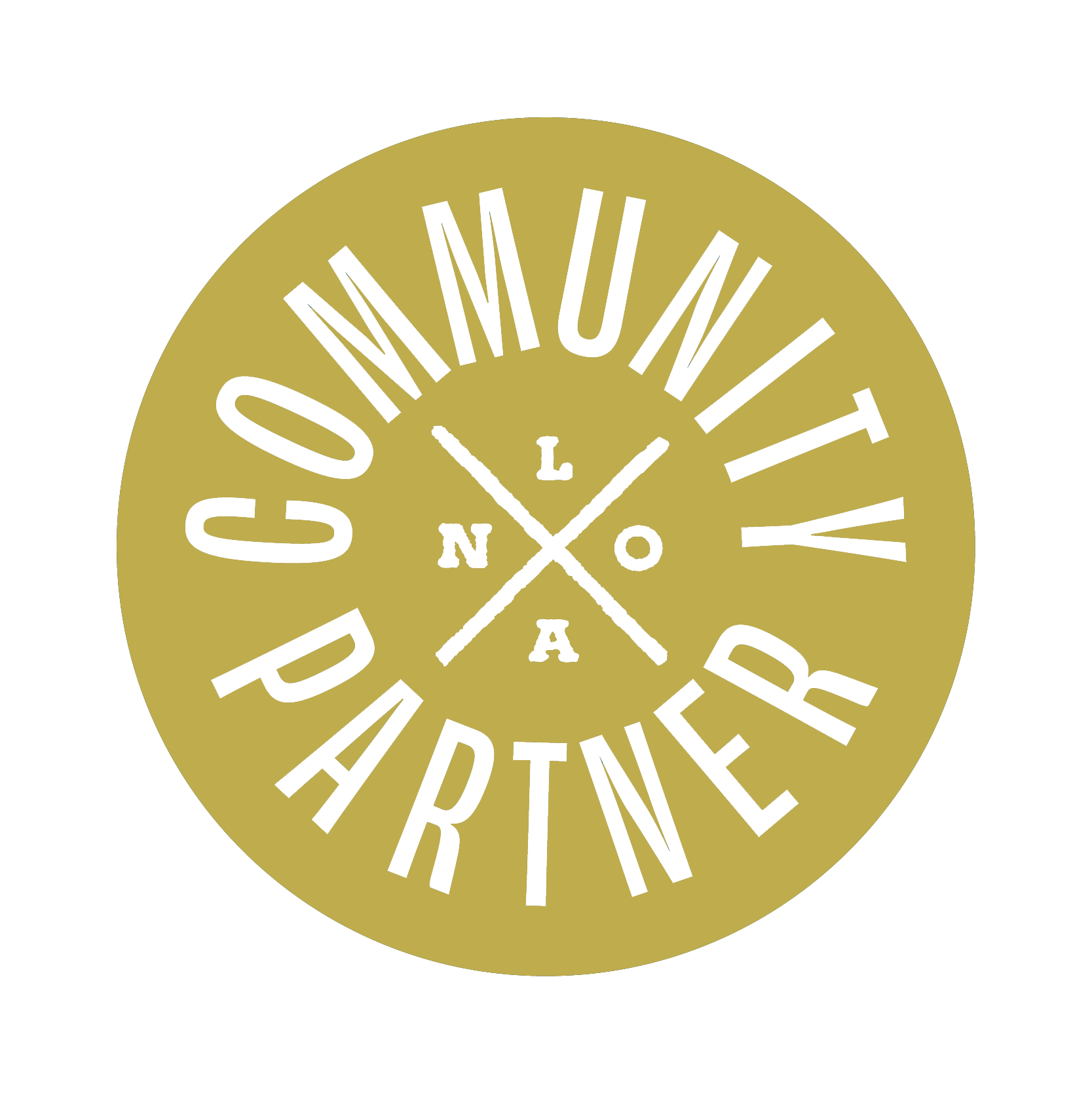Before Dirty Coast had its own rhythm — before we had regular photo shoots, calendars, or a reliable lineup of printers — there was Diego at La Chiva. His shop on Tchoupitoulas could make eight colors snap into place on a shirt like it was nothing.

Diego had been around printing since the early ’90s. He started at Southern Silk Screen, the Jazz Fest printer, and worked every job in the place before striking out on his own. By ’94, he was running a little shop with a 4-color manual press, then leveled up to an automatic 8-color. In a city where very few people could reliably register complex designs, Diego became the guy.
What made him different was how he approached the work. Prep was everything to him: coat, dry, protect, burn, reclaim. Guard against humidity. Keep screens from swelling. He’d always say a Pantone match wasn’t in the bucket, it was on the shirt — you tested until the wet print matched. That attention to detail is what made our designs feel alive on fabric.
La Chiva was a family shop — Diego, his wife, his son, and whoever else could lend a hand. They kept the lights on doing Dirty Coast runs and big casino orders, sometimes 10,000 shirts at a time. Margins were thin, so Diego was scrappy. He’d hit the Convention Center on the last day of the screen-printing convention, walk out with rolls of mesh the vendors didn’t want to haul home, and save himself hundreds of dollars in supplies.
After Katrina, that relationship became critical. Angel from TwiRoPa introduced us to Diego in late 2005. Blake had been mocking up designs through Café Press while the city was still stumbling back to its feet. When La Chiva reopened, Patrick would walk over from Blake’s office in the Lower Garden District to pick Diego’s brain. Patrick practically lived at the press, shuttling artwork back and forth and returning with boxes of shirts that would define our early voice.
The designs came fast. The first that really hit was raw and obvious: “F Katrina.” Then came “Be a New Orleanian Wherever You Are,” which became a calling card far beyond the city. We followed with “King Gator” in collaboration with Alexa Pulitzer. Diego’s 8-color press handled them all — simulated process, spot colors, and that perfect white underbase that let brights shine without turning the shirt into plastic.
If the front of the house was Dirty Coast’s voice, the back of the house was Diego’s method. Printing is a thousand micro-decisions you never see: mesh counts, screen tension, squeegee pressure, pallet height, underbase thickness. Diego always reminded us that T-shirt halftones weren’t like paper — you had to live around 55–65 LPI. CMYK was too transparent on cotton, so he built density with simulated spot colors. Over time, he even perfected his whites, moving from heavy chalk layers to soft-hand underbases that held color without suffocating the fabric. He swore by roller frames too — if you tensioned them right, they’d last five to ten years.
That shop on Tchoupitoulas was more than just a vendor to us. It was where dirty ideas turned into clean prints, where New Orleans’ voice could be pulled, flashed, and stacked into something you’d wear until it softened into memory.







Leave a comment
All comments are moderated before being published.
This site is protected by hCaptcha and the hCaptcha Privacy Policy and Terms of Service apply.